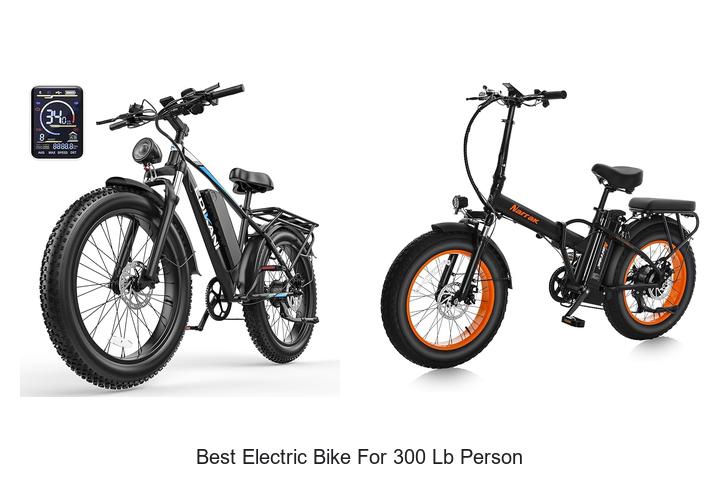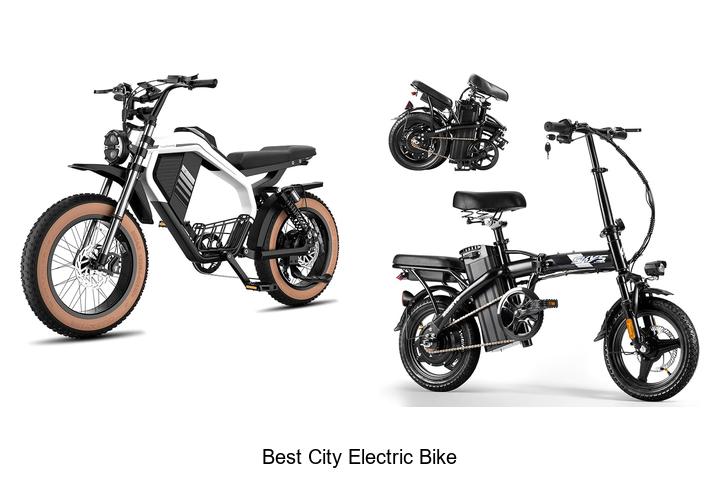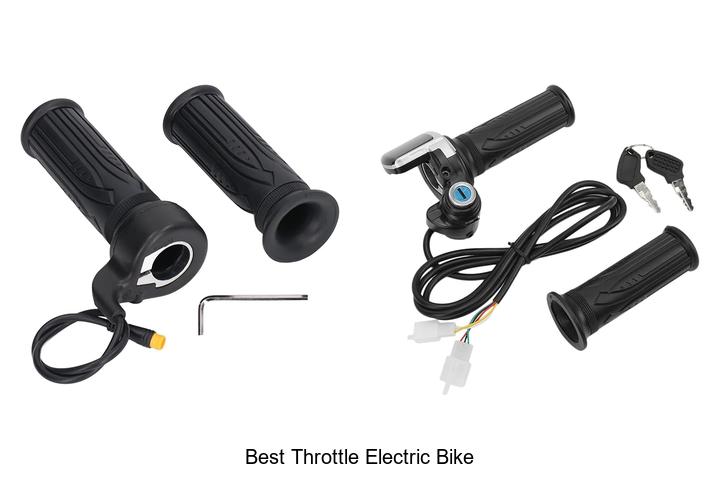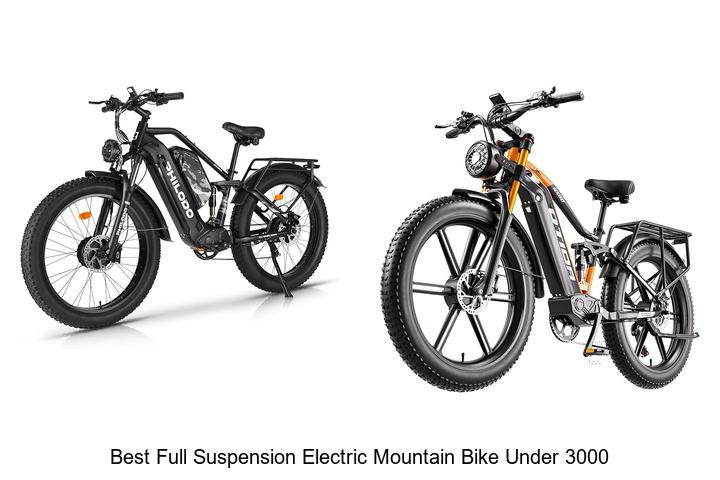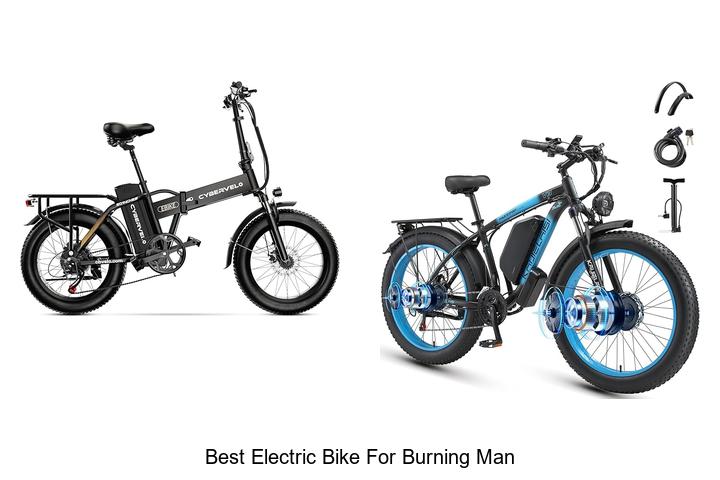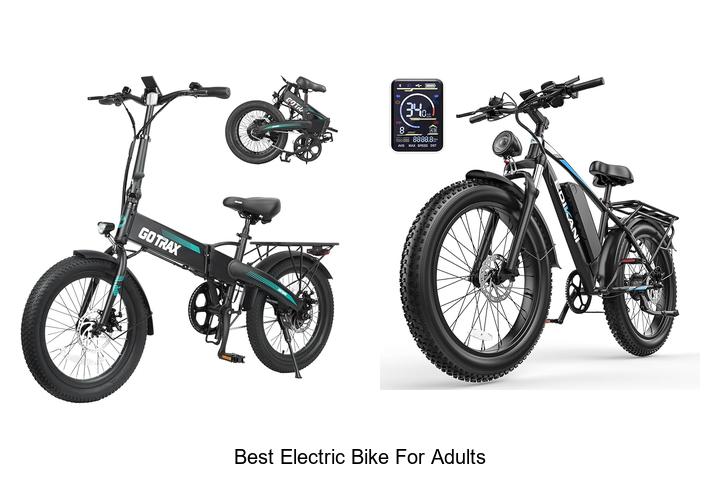How to Reset Electric Bike Controller: Easy Step-by-Step Guide
If your electric bike isn’t responding the way it should, the controller might need a reset. The controller acts as the brain of your e-bike, managing power flow and ensuring smooth operation. When it glitches, you could experience issues like unresponsive throttle or sudden power loss.
Resetting your electric bike controller can often fix these problems quickly without needing professional help. Whether you’re dealing with error codes or just want to refresh the system, understanding how to reset the controller puts you in control of your ride’s performance. Let’s dive into the simple steps you can take to get your e-bike back on track.
Understanding the Electric Bike Controller
The electric bike controller acts as the brain of your e-bike, managing power delivery and communication between components. Knowing its role helps you identify why and when to reset it.
What Is an Electric Bike Controller?
The electric bike controller regulates the flow of electricity from the battery to the motor based on input from your throttle, brake sensors, and pedal assist system. It processes signals and adjusts power output to ensure smooth acceleration, efficient energy use, and safety features like motor cutoff during braking. The controller also protects the system by monitoring voltage, current, and temperature to prevent damage.
Common Reasons to Reset the Controller
Resetting the controller can fix various issues without requiring professional help. These include throttle unresponsiveness, sudden power loss, erratic motor behavior, or the bike not turning on. Faults in communication between the controller and other components often cause these problems. Performing a reset clears temporary errors and restores normal function.
Preparing to Reset Your Electric Bike Controller
Resetting your electric bike controller requires specific tools and safety measures to protect both you and your bike. Proper preparation ensures a smooth and secure reset process.
Tools and Materials Needed
- Multimeter to diagnose electrical issues if needed
- Screwdrivers such as Phillips and flathead for opening the controller case
- Insulated gloves to prevent electric shock
- User manual or wiring diagram for reference
- Battery charger fully charged to maintain power during reset
- Clean cloth to wipe components and connections
Safety Precautions to Follow
- Disconnect the battery before starting any work to eliminate power flow
- Avoid water or moisture near electrical components to prevent short circuits
- Work in a well-lit area to clearly see wires and terminals
- Use insulated tools to reduce the risk of electric shocks
- Keep metal objects away from contacts to avoid accidental shorts
- Refer to manufacturer guidelines to avoid voiding warranties or damaging the controller
Step-by-Step Guide on How to Reset Electric Bike Controller
Resetting your electric bike controller restores communication between components and clears temporary errors. Use one of the following methods based on your e-bike’s design and available controls.
Method 1: Using the Controller’s Reset Button
Identify the reset button on the controller casing, often a small, recessed button. Press and hold the reset button for 5 to 10 seconds using a small tool like a paperclip. Release the button and wait 30 seconds for the controller to reboot and reestablish connections. Test your e-bike for normal operation after the reset.
Method 2: Disconnecting and Reconnecting the Battery
Turn off the e-bike’s main power switch. Disconnect the battery by unplugging the connectors or removing the battery pack. Wait 1 to 2 minutes to allow the controller to discharge fully. Reconnect the battery securely, ensuring all contacts fit tightly. Power on your e-bike and verify that the controller functions properly.
Method 3: Reset Through the Display Panel Settings
Access your e-bike’s display panel menu by pressing the designated menu button. Navigate to the settings or system section using the arrow keys. Locate the controller reset or system reset option and select it. Confirm the reset when prompted, then allow the system to restart automatically. Check the display for normal status indicators once the reset finishes.
Troubleshooting Common Issues After Reset
Resetting the electric bike controller resolves many issues, but some problems may persist. Identify common post-reset problems and address them efficiently to restore your e-bike’s performance.
Controller Not Responding
Check battery connections to ensure secure contact; loose wires often cause controller non-responsiveness. Verify the battery charge level using a multimeter, as low voltage prevents controller startups. Inspect the reset procedure to confirm it completed successfully. If the controller remains unresponsive, test the fuse and replace it if blown. Reboot the controller by disconnecting the battery for 10 minutes to clear residual errors.
Motor Not Running Properly
Confirm that motor connections match controller terminals, as incorrect wiring causes motor malfunction. Examine motor wiring for damage or corrosion, replacing faulty cables. Assess the throttle signal; a faulty throttle prevents motor engagement. Perform a motor resistance check with a multimeter to detect internal faults. If the motor runs erratically, calibrate the controller via the display settings or software interface.
Display Errors
Review display cable connections to ensure firm attachment to the controller and remove dirt or oxidation. Update the display firmware when available to fix compatibility glitches. Reset the display panel separately if errors persist after controller reset. Test display functionality by reconnecting it to another compatible e-bike or controller to isolate the issue. Replace the display unit if hardware failure occurs.
Tips for Maintaining Your Electric Bike Controller
Maintaining your electric bike controller ensures consistent performance and prolongs its lifespan. Implement the following practices to keep your controller functioning at its best.
Regular Checks and Maintenance
Perform visual inspections of the controller and wiring at least once a month. Check for loose connections, corrosion on terminals, or damaged insulation on wires. Clean the controller housing using a dry cloth to prevent dust buildup that could affect heat dissipation. Monitor your battery voltage and current regularly, as inconsistent power supply stresses the controller. Verify that cooling fans, if equipped, operate without obstruction. Store your e-bike indoors or use a protective cover to shield the controller from moisture and extreme temperatures.
When to Seek Professional Help
Contact a qualified technician if your controller shows persistent error codes despite resets or if the motor fails to respond after thorough troubleshooting. Request professional diagnostics if you detect burnt smells, visible component damage, or overheating during operation. Avoid disassembling the controller beyond basic maintenance to prevent voiding warranties or causing further damage. Engage professionals for firmware updates or hardware replacements to ensure compatibility and safety.
Conclusion
Resetting your electric bike controller is a straightforward way to tackle common issues and get your ride back on track. By following the right steps and taking necessary precautions, you can save time and avoid unnecessary repairs. Remember to keep your controller well-maintained and monitor its performance regularly to prevent future problems.
If you encounter persistent issues beyond a simple reset, don’t hesitate to reach out to a professional technician. Taking care of your e-bike’s controller ensures smooth rides and extends the life of your investment. Your electric bike deserves the best attention to keep you powered up and riding confidently.
